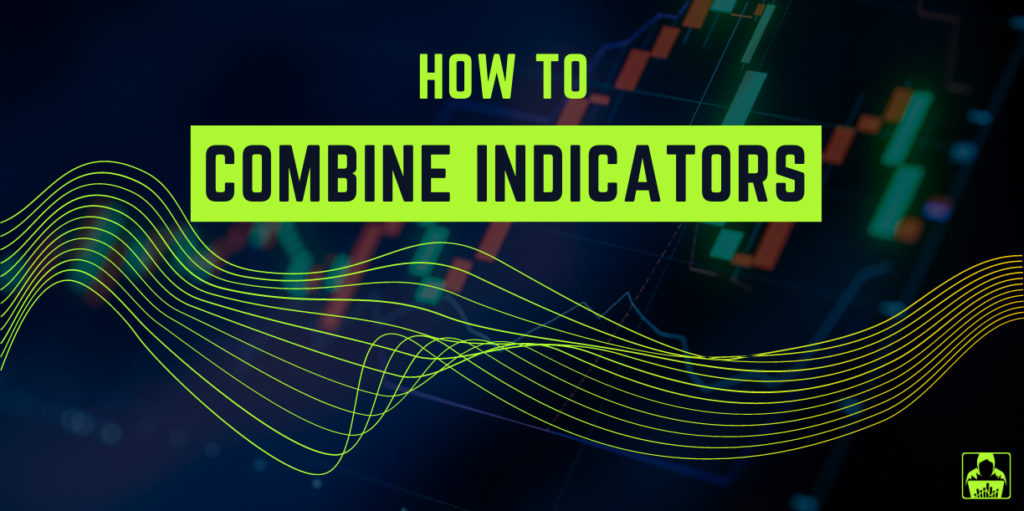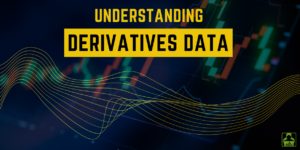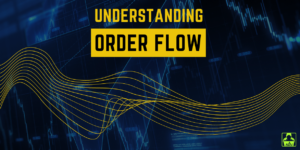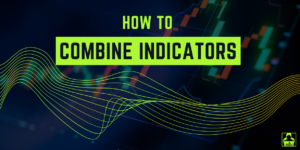combining trading Indicators
When it comes to trading, using the right combination of indicators can be the key to success. There are many different types of indicators that traders can use, but some of the most popular categories include trend, volume, momentum, and volatility indicators. Each of these indicator types provides unique information about the market and can be used to develop trading strategies. In this article, we’ll explore the relationship between these indicator types and discuss the best combinations to use for successful trading.
Trend Indicators
Trend indicators are used to identify the direction of the market’s movement. Some of the most popular trend indicators include Moving Averages, Relative Strength Index (RSI), Ichimoku Cloud, Bollinger Bands, and MACD. These indicators can be used to identify whether the market is trending up or down, as well as to determine when a trend may be about to reverse. When it comes to combining trend indicators with other types of indicators, it’s important to consider the timeframes being used. Shorter-term indicators may be better suited for identifying short-term trends, while longer-term indicators may be better for identifying longer-term trends.
Volume Indicators
Volume indicators provide information about the level of trading activity in the market. Some of the most commonly used volume indicators for crypto trading include On-Balance Volume (OBV), Chaikin Money Flow (CMF), and Volume Weighted Average Price (VWAP). These indicators can be used to identify changes in market sentiment and to confirm trends that may be emerging. When combining volume indicators with other types of indicators, it’s important to look for confirmation between the two. For example, a rising trend coupled with increasing volume can be a strong signal of a bullish trend.tors, traders can get a better understanding of the market’s direction and momentum, which can help them make more informed trading decisions.
Momentum Indicators
Momentum indicators measure the rate of change in an asset’s price. Some of the most commonly used momentum indicators for crypto trading include Relative Strength Index (RSI), Moving Average Convergence Divergence (MACD), Stochastic Oscillator, and Average Directional Index (ADX). These indicators can be used to identify overbought or oversold conditions and to confirm the strength of a trend. When combining momentum indicators with other types of indicators, it’s important to use them in conjunction with trend indicators. For example, a bullish trend coupled with a rising RSI can be a strong signal of a potential buying opportunity.
Volatility Indicators
Volatility indicators provide information about the level of price fluctuations in the market. Some of the most commonly used volatility indicators for crypto trading include Bollinger Bands, Average True Range (ATR), and the Donchian Channel. These indicators can be used to identify potential breakouts or to identify potential reversal points. When combining volatility indicators with other types of indicators, it’s important to consider the timeframes being used. Shorter-term volatility indicators may be better suited for identifying short-term fluctuations, while longer-term indicators may be better for identifying longer-term trends.
Best combination of indicators
When it comes to the best combination of indicators, there is no one-size-fits-all answer. Traders should consider their own trading style, risk tolerance, and trading goals when deciding which indicators to use. However, a popular combination of indicators that many traders use is a combination of trend and momentum indicators. This can include using Moving Averages and RSI together, or using MACD and Bollinger Bands together. By combining these indicators, traders can get a better understanding of the market’s direction and momentum, which can help them make more informed trading decisions.
Conclusion
Using the right combination of indicators is key to successful trading. By understanding the relationship between trend, volume, momentum, and volatility indicators, traders can develop effective trading strategies that take into account multiple factors. While there is no one “best” combination of indicators, a combination of trend
Rules of combining indicators
How to combine Trading Indicators
Trading indicators should deliver different type of information about the market and confirm each other rather then duplicate signals
When you choose two or more indicators that provide identical information about prices, means signal duplication (not confirmation)!
RULE 1
Don’t choose indicators offering similar studies
If you are randomly choosing indicators for technical analysis, chances are you’ll pick some with similar studies
First of all you should know what type of indicators you use
There are four general types of indicators:
Trend Indicator
Volume Indicator
Momentum Indicator
Volatility Indicators
Trend Indicators reflect tendencies in price movements. Trend indicators allow to visualize trends in the market
Momentum indicators record the speed of prices moving over a certain time period. At the same time momentum indicators track strength and weakness of a trend: The highest momentum is always registered at the beginning of a trend, the lowest – at its end point
Volatiliy Indicators
The size and the magnitude of price fluctuations.
In any market there are periods of high volatility (high intensity) and low volatility (low intensity)
These periods come in waves: Low Volatility is replaced by increasing volatility, while after a period of high volatility comes a period of low volatility
Volatility indicators measure the intensity of price fluctuations, providing an insight into the market activity level.
Volume Indicators
Used to determine the
Benefits of Combining SMA Crossover and RSI Indicators
Subbheadline 2: Increased Precision in Entry and Exit Points The combination of SMA crossover and RSI indicators can identify more precise entry and exit points for trades. For instance, if the SMA crossover signals a bullish trend and the RSI is in the oversold range, it suggests that the asset is undervalued and may be a good entry point for a long position.
Subheadline 3: Reduced Risk of False Signals Combining indicators can filter out noise and reduce the risk of false signals. When both the SMA crossover and RSI indicators confirm a trend, traders can have greater confidence in their trades and reduce the risk of losses.
Conclusion:
Combining the SMA crossover and RSI indicators can provide traders with valuable insights into market trends and potential trading opportunities. It is essential to test and adjust your approach to fit your unique trading style and risk tolerance. By confirming trend direction, increasing precision in entry and exit points, and reducing the risk of false signals, traders can make informed and profitable trades.










